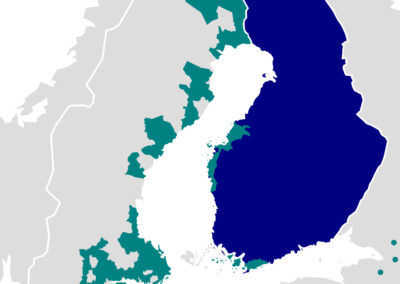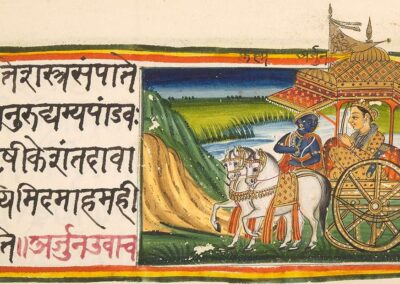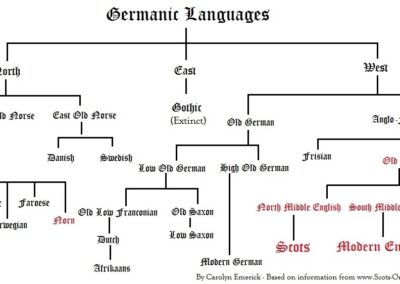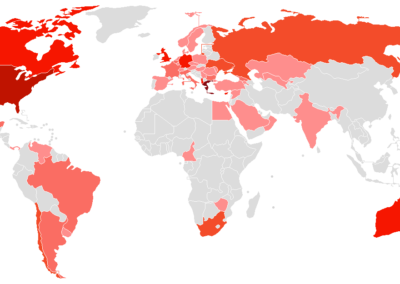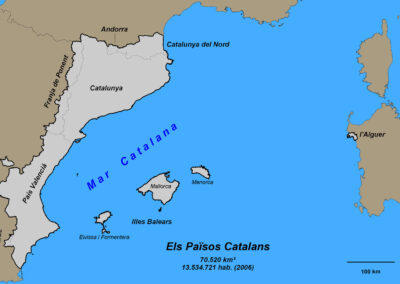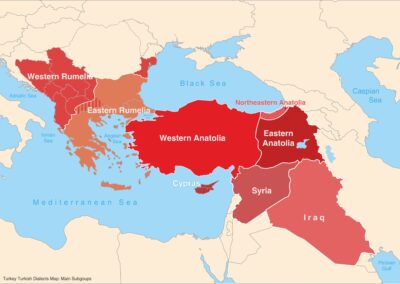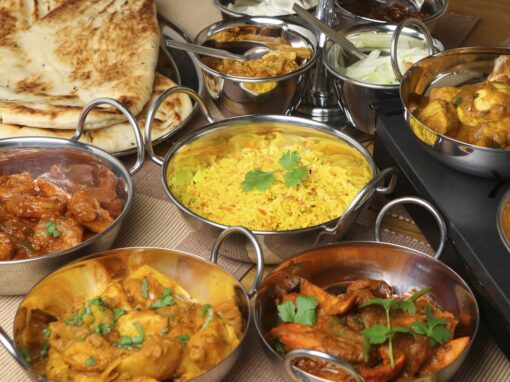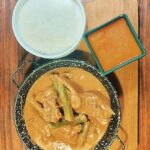Thailand is known for its bountiful fruit, hot weather, and temples but true cultural immersion begins with its language.
Thai, with roots dating back centuries, reveals a deeper Thailand. Learn a few phrases, navigate markets, and strike up conversations as your trip evolves from tourism to cultural excursion. Pack your bags and let Thai guide you to the heart of Thailand.
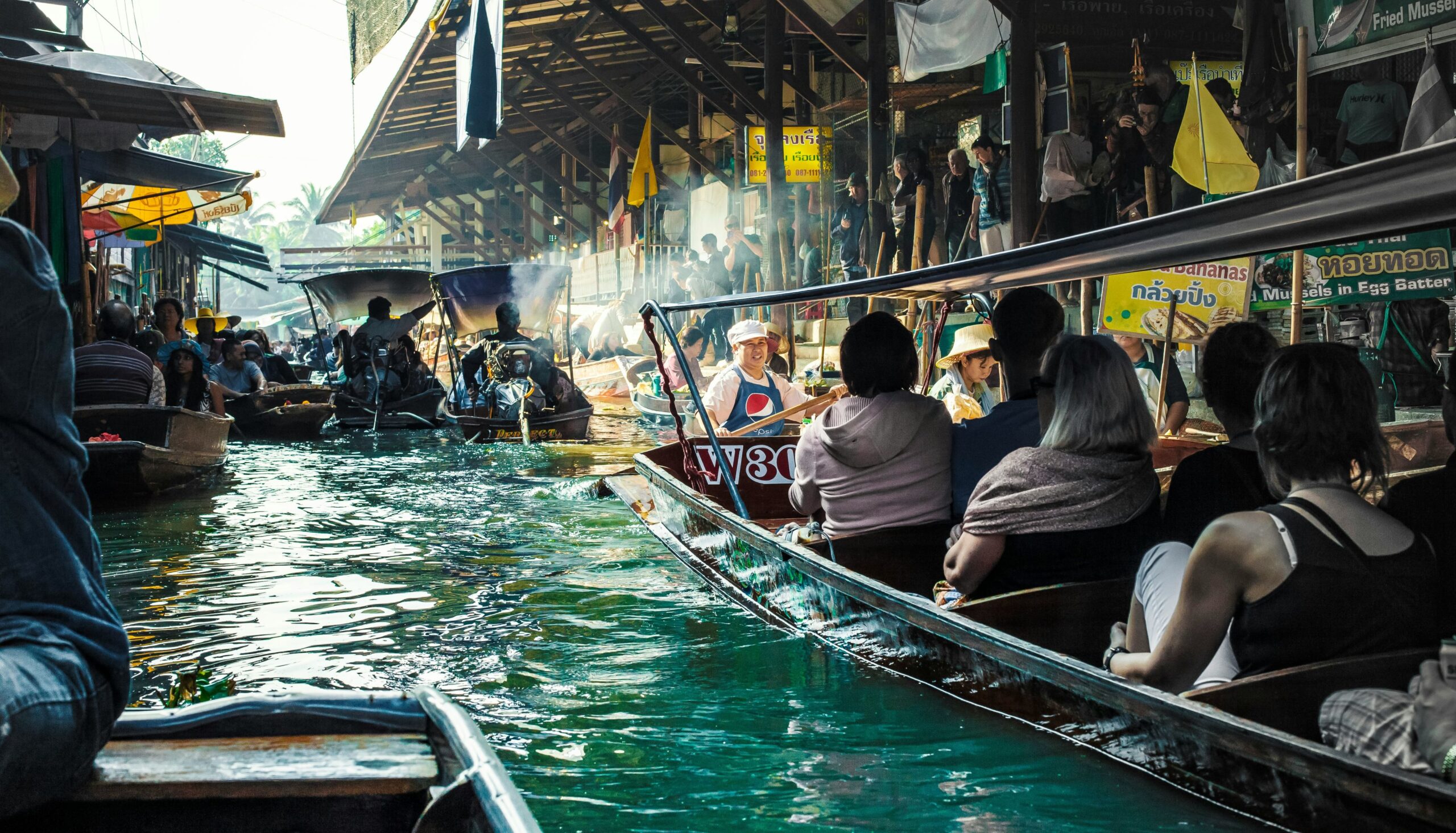
The origin of Thai
Looking through the origin of Thai, we are chasing back to the history of about 2500 years ago in southwestern China. The Thai language originally stems from the Tai language family, a group of languages spoken across Southeast Asia and southern China.
This family tree originates from a common ancestor, Proto-Tai, estimated to have been spoken around 2,500 years ago in southwestern China. Over time, Proto-Tai branched out with Thai emerging as a distinct language. Thai also borrowed vocabulary from other languages throughout its history, including Sanskrit, Pali and Old Khmer. This influence from neighbouring languages has helped shape Thai into the language spoken today.
Respectful communication in Thai
Thai culture emphasises respect and language plays a crucial role in this. When speaking to someone older or of higher social status, add “Khrup” or “Ka” at the end of the sentence for a more respectful and polite conversation. “Khrup” (pronounced Kroop) is for men, and “Ka” (pronounced Kah) is for women. Using these simple suffixes demonstrates courtesy and appreciation.
On top of that, after digging into some history about Thai, here are some must-know phrases for everyday interaction. Let’s start with the essential greetings and some good words to learn:
- Hello: “Sawatdee” (sounds like “sah-wah-dee”).
- Thank you: “KopKhun (pronounced Kop-koon)
- How Much: “Chai Mai” (pronounced Chai My)
- Delicious : “Arooi mak” (pronounced Ah-roi mak).
- Goodbye: “La gorn (khrup/ka)”. Men should add khrup at the end, and women will go with Ka.
Learning basic Thai phrases like “Chan yak dai tee nai…” (pronounced Chan yak dty tee nai) meaning “I am happy to meet you,” or “Arooi mak (pronounced Ah-roi mak), meaning “Delicious” help to create stronger connections with locals. The Thai people will appreciate your effort and be more open to conversation and share some of their local insights with you.
Learning resources for travellers learning Thai
There are lots of resources available for travellers to learn basic Thai. Mobile apps, online courses and even phrasebooks can provide a foundation. Here are some useful websites for you to start learning the language:
- thai-language.com – it contains lots of audio clips, images,
- Duolingo – it is a helpful mobile app/online website to practise Thai in every spare minute! You can create a group with your friends for daily practice.
Looking at some Thai dramas would be a helpful and interesting way to learn Thai. Learning the local language will not only make your trip easier but will also help you dig deeper into Thai culture. By understanding the language, you can truly immerse yourself in the country’s traditions and customs.


